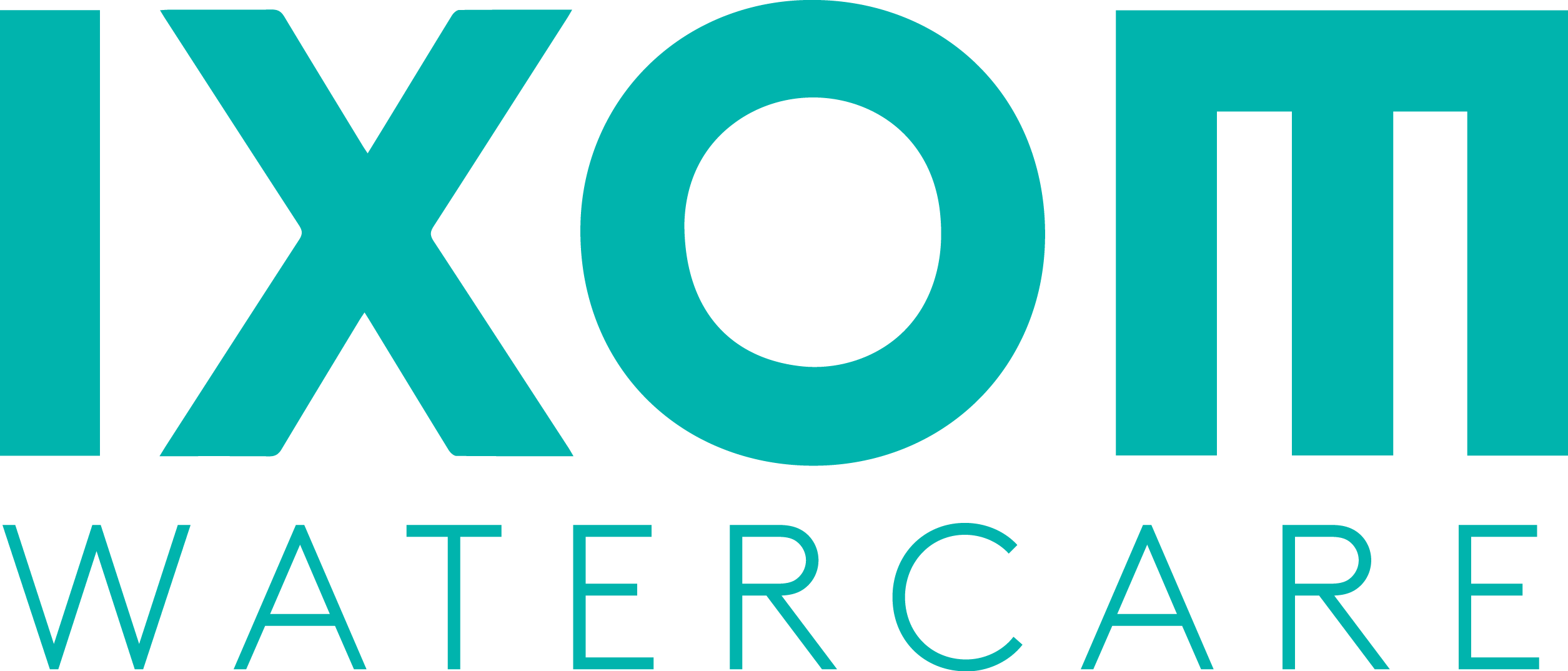Safety Review FAQ- Boating & SolarBees in Lakes & Reservoirs
We are just about to the shortest day of the year and after the holiday season, many of our thoughts will drift toward the return of spring and the return to the lake.
We are sometimes asked about the potential for accidents and owner liability regarding SolarBee® circulators on lakes. Since 2002 over 1000 SolarBees have been installed in lakes that have water skiing courses, wake boarding contests, windsurfing lessons, sailing courses, rowing courses, heavy fishing activity, jet skis, and even seaplane landing areas. There have been no significant accidents or liability to any lake stakeholder. In short, recreational boating and SolarBees have coexisted very well in water bodies of all sizes.
To paint a better picture how recreation and SolarBees coexist on lakes and reservoirs, we put together our "Top 10" frequently asked questions.
This white paper is also available for download in pdf format here.
Top 10 Frequently Asked Questions
Equipment Information, Safety Features, & Other Considerations
1) How big is a SolarBee® Lake Circulator?
A SolarBee® circulator is about 16 feet (4.9 m) diameter, not much larger than a very small fishing boat.
2) How is a SolarBee anchored?
SolarBees are anchored much like a mooring ball, with restricted movements determined by the anchor chain length. The standard anchor system has two 70 lb. poly-encapsulated anchor balls that lay in series on the bottom with a 6:1 anchor chain scope to the machine (ratio of chain length to depth). This scope can be reduced to less than 2:1 in certain situations depending on lake elevation fluctuations and potential ice issues. This anchoring system has proven effective for all types of lake conditions and machines seldom move (except in cases of large ice movement, high flow-through “flood” events, or hurricane conditions). If a machine does move, it can easily be brought back into position after the event has ended.
This anchoring method results in little movement of SolarBee® machines and thus offers predictability for boaters. And in the off chance a SolarBee were ever to be nudged by a boat, it will simply move aside with minimal resistance.
 3) Do SolarBees have clearly visible safety / warning features?
3) Do SolarBees have clearly visible safety / warning features?
Each SolarBee is equipped with 3 orange reflective pylons (one per float) and additional “Keep Away” warning signs affixed to the frame. An optional US Coast Guard approved flashing beacon light can be added if desired. Other water safety visibility enhancements required by local authorities may be incorporated as well on a case by case basis.
4) Do SolarBees draw objects or boats inward toward it?
No. The water movement at the surface is away from SolarBee. The outward radial flow of about 10,000 gallons (38,000 liters) per minute tends to push away canoe, kayak, or swimmers.
5) What is the SolarBee spacing and visibility?
The distance between any two SolarBee units in a lake is usually 1,300 feet (approximately 400 meters or 0.25 miles), depending on the lake shape and bathymetry. It is very easy for boaters to maintain a safe distance from them. Generally, only three SolarBee units are visible from any one place on the lake.

6) Do the SolarBees have any safety certifications?
SolarBee machines have "CE" certification (see certificate below). CE is a process developed by the European Union involving an extensive safety evaluation to ensure the machines are safe for owners, maintenance personnel, and/or anybody apt to encounter a machine.
 7) Is there any legal liability associated with SolarBees in the lake?
7) Is there any legal liability associated with SolarBees in the lake?
Virtually all lakes in the US are deemed “Naviagable Water”, and maritime law applies to on-lake events. Our research indicates that as long as the lake owner follows the same jurisdictional procedures for placing an "aid to ecology” into the lake (i.e. a SolarBee® ) as for placing an "aid to navigation” (i.e. a safety buoy) into the lake, then the same immunities & protections apply. In maritime law, "the buoy is never in the wrong”; it is the boater’s responsibility to be safe around both buoys and SolarBees.
8) Do we need insurance coverage on the equipment?
Many lake owners do not insure their SolarBees but policies are available similar to those for insuring docks and other improvements. If the machines are covered under our BeeKeeper® Service Program, then there is very little reason to buy insurance.
9) Do SolarBees harm fish?
No, quite the opposite! SolarBee machines often become a “destination” for local fishermen. SolarBees produce an up-flow circulation beneficial for zooplankton production which often lead toward fish congregating near the machines. And improved water quality through the prevention of cyanobacteria (blue-green algae) blooms provides a large benefit for the lake’s fishery.
 10) Are any public education and/or awareness campaigns or signage needed?
10) Are any public education and/or awareness campaigns or signage needed?
Public awareness contributes to public safety, and is always a good idea. When there is public access to a lake or reservoir with one or more SolarBees, we recommend that a sign similar to the one shown be displayed for educational purposes.
One of the more frequent observations from the public when multiple SolarBees are installed is how the machines are much less obtrusive compared to what they had originally imagined. . Local boaters are typically very appreciative of the water quality & fishery improvements provided by SolarBee® circulation and are very aware of where the machines are deployed.
SolarBees have a long track record of safe deployment across the United States and the world. In the end, toxic cyanobacteria (blue-green algae) blooms in your lake pose a much larger safety threat to humans & pets. And SolarBee® Lake Circulators are the #1 best solution for combatting cyanobacteria problems.
Posted By The Answers Team @ Medora Corporation, GridBee® SolarBee®
Subscribe to The Mixer
News & Views Blog!


